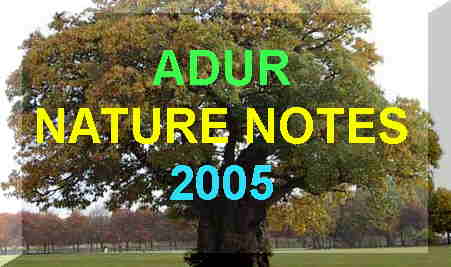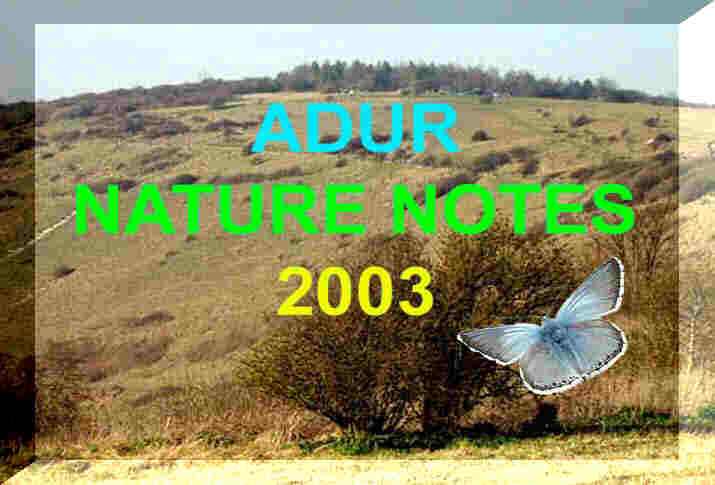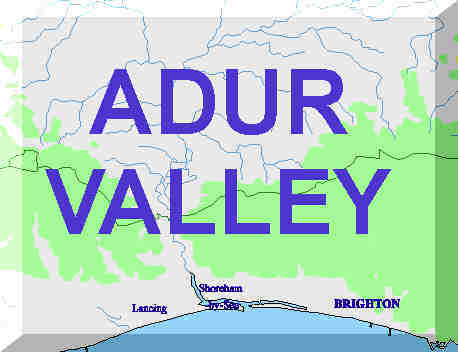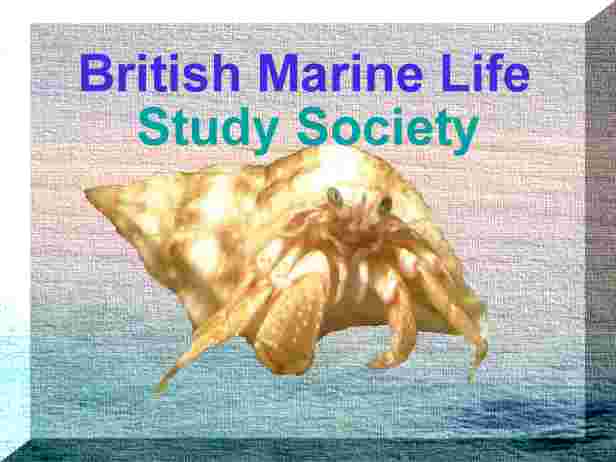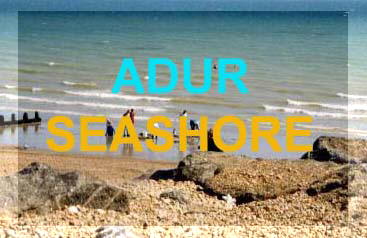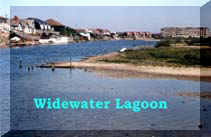
Lower Adur Valley,
West Sussex
MONTHLY
INDEX PAGE
Click
on the buttons below to visit the monthly nature reports

Buckingham
Park (east)
WILDLIFE
HIGHLIGHTS 2004
Most
unusual or notable reports
WILDLIFE
REPORTS
7
December 2004
The
most attractive of the four two century old large Chestnut Trees
in Buckingham Park has now been butchered. It had received damage after
the gales in July 2004, but it has now been destroyed as an important
landmark and this was the best tree in the whole of the Adur district.
 |
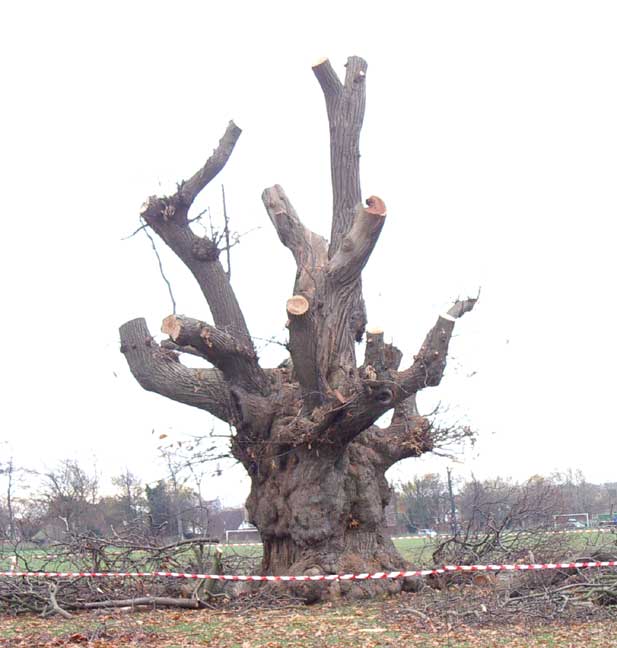 |
| Before |
After |

21 September 2004
Devil's
Bit Scabious has been feature on the
downs this autumn notably between Slonk
Hill and Mossy Bottom (near Stonechat Junction)
and on the lower slopes of Mill
Hill.
22
August 2004
A
Hornet Robber Fly, Asilus
crabroniformis, (a Biodiversity
Action Plan species), a rare rather menacing looking large flying
predatory insect associated in this case with horse's
dung and reputed to prey on the dung insects,
settled on the path (the footpath from
the Waterworks Road next to the Horse's
Fields on the way to Mill Hill) in
front of me, the second one of these flies I had seen in the last few
days. It is a strong flyer.
Identification
by Malcolm Storey on British
Insects Yahoo Group
Image
25
July 2004
Rising
from the tall shrubbery in the Ravensbourne Avenue garden to the the
rear of the back garden of 40 The Drive,
(TQ 219 063), a large
grey female Sparrowhawk looked menacing
as it flew over the garage in a westerly direction and quickly disappeared
from the view. This surprising record was the first hawk recorded in
this part of town near Buckingham Park.
7
June 2004
A young
Common Toad, Bufo bufo, has
appeared in my south
Lancing garden, (TQ 186 044).

Common
Toad
Photograph
by Ray Hamblett
Toad
Portrait Gallery
Lancing
Nature Galleries

A
short 30 minute spell of push-netting for
shrimps off Shoreham beach on the low spring tide
produced two dozen Brown Shrimps,
Crangon
crangon, a handful of the South-clawed
Hermit Crab, Diogenes pugilator,
one young venomous Lesser Weever,
Echiichthys vipera,
two juvenile Grey
Swimming Crabs, Liocarcinus
vernalis,
one swimming crab Portumnus latipes
with 30+ young Flounders
and two young Sole.
Identification
Discussions
Identification
of the crab (right) by by Richard
Lord (Guernsey)
and
others on the Marine
Wildlife of the North-east Atlantic Ocean Group
Adur
at Low Tide
British
Marine Life Study Society

17
May 2004
The
Small Blue Butterfly
is confirmed from Slonk Hill where the first
Adonis Blue Butterfly
of the year was also seen with a Grizzled
Skipper and a Small
White Butterfly or two. Two more Adonis
Blues were seen on Mill
Hill.
26
April 2004
As
the first Horseshoe Vetch
and Milkwort
were beginning to flower on the lower slopes
of Mill Hill, there was a small
moth that could be mistaken in flight for
a Grizzled Skipper.
It was only about half the size though and I have now identified this
species as Pyrausta
nigrata. The
books record this moth flying in June and July or September and October.
The main flying time on Mill Hill is April and May.
20
April 2004
A solitary
toadstool was amongst the still short grass near a Hawthorn bush. I
recognised it immediately as a Morel
because of its unusual distinctive appearance. I had not seen one before
and although an edible species, I left it in its place just south of
the car park.
9
April 2004

The
splendidly coloured Emperor Moth,
Pavonia pavonia,
rested among the grasses on Mill Hill.
It was discovered by Katherine Hamblett
and Tacita French at the top of the lower
slopes.
Report
and photograph by Jan
Hamblett (Lancing
Nature) on UK-Leps
(Yahoo Group)
Lancing
Nature
30
March 2004
Over
fifty lizards skittered up the extensive crumbling flint walls of the
Old Fort (Shoreham Beach) (TQ 234
046) with dexterity, very quickly (too
quickly to photograph) after basking in the warmth of the morning sun.

These
lizards have now been definitely identified as the Wall
Lizard, Podarcis
muralis.
Identifications
by Chris Davis (Herpetological
Conservation Trust)
Local
Lizard Comparison Photographs
28
March 2004
It
had been so long since I had seen a Rook
close-up that I was beginning to think that I could not tell them apart
from Crows.
So it was to my surprise and astonishment when one turned up on the
small tree in the back garden of 40 The Drive (near Buckingham Park),
Shoreham-by-Sea, (TQ 219 063)
to feed on scraps at about 5:00 pm BST.
It did so eagerly with its distinctive long thin silver beak and face,
gobbling up three pieces of diced bread, before being chased off by
what looked like a Crow.
Town
& Gardens 2004
26
March 2004
Quite
the most magnificent bird I have ever seen in the Adur area, a pale
fawnish-brown Barn Owl
flew majestically in a straight line above the Ricardo test track opposite
the Sussex Pad Hotel (at the southern end of the Coombes Road) and then
veered into the cover of the trees. The bird flew at 4:45
pm in bright sunshine so the view was far
from fleeting. I was struck by the size of this bird as it appeared
much bigger than expected, especially its head which was looking in
my direction.
January
Report
Adur
Levels 2004
17
March 2004
Two
pairs of Great Spotted Woodpeckers
chased their partners around the tree tops
opposite Cuckoo's Corner on the Coombes
road. They made a tremendous commotion as they performed their antics,
with a rattling trill-like call that was repeated at regular intervals.
At times it seemed if two males were competing over one female and at
another time, it seemed that there were two separate pairs.
Full
Report
10
February 2004
A Sandwich
Tern flew arrow-like a purposely over
the shallow sea (at high tide) parallel with Southwick beach before
disappearing out of view to the west. Terns are unusual in the winter
months.
Adur
Coastal 2004
9
February 2004
 A
flutter of orange and the unmistakable patterns of a Painted
Lady Butterfly that flew steadily over
the southern section of Mill Hill. Later,
a second Painted Lady
flew around the copse and settled on
the Beech
leaves still on the tree and several times on the grass. Painted
Lady Butterflies are unusual in the winter
and spring. Could these be immigrant
butterflies rather than hibernating adults? A
flutter of orange and the unmistakable patterns of a Painted
Lady Butterfly that flew steadily over
the southern section of Mill Hill. Later,
a second Painted Lady
flew around the copse and settled on
the Beech
leaves still on the tree and several times on the grass. Painted
Lady Butterflies are unusual in the winter
and spring. Could these be immigrant
butterflies rather than hibernating adults?
Some
lepidopterists tend to favour immigration, although amongst all the
naturalists, the views seem to be about 50/50. I am tending towards
the view that some adult butterflies have been able to survive the mild
winter.
NB:
The last date on record for Painted Ladies in the Adur area last year
was 10 October 2003.
Research
has found evidence of Painted Ladies
hibernating in Britain.
Immigration
of Lepidoptera
Adur
Butterflies
Adur
Butterfly Flight Times
29
January 2004
A "skein"
of dolphins were observed in the sea off Widewater
Lagoon, Lancing, Sussex at 2:00 pm
in the afternoon. This was an unusual event off the Sussex coast
and most occasional observations have been in the summer months. Pods
of dolphins have been seen off Selsey Bill, West Sussex in the last
few days. "Skein" is the term used by the observer and I have not known
this collective noun used before for dolphins. I have not heard in use
for geese or ducks either. Hearsay Report by Brian
Street (Shoreham)
British
Marine Life Study Society News Reports Winter 2004
BMLSS
Cetacea

EMail
Address for sending in wildlife reports from the lower Adur valley
Only
a selection will be included and only reports with the name of the
reporter.

|




